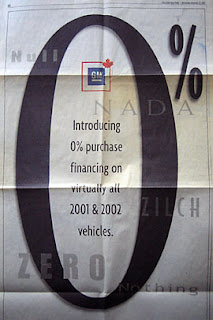
Monday it was hot enough in London, Ontario, Canada, to fry an egg. I thought of using the hood of my car but, I didn't. I'm curious but not that curious. I used my wife's car.
I considered going to the wrecker's in order to find a flat, black painted car panel but it was too far to drive. I don't have that kind of spare change.

The phrase may be, "It's hot enough to fry an egg . . . " but truth is that it is the sun that does the work. Air temperature alone will not do it. Eggs need a temperature of 158 degrees Fahrenheit to cook.
When I was a boy we used to go swimming at Point Pelee and it was a long walk from the parking lot to the beach. The sand felt hot enough to cook an egg, it sure played havoc with our feet, but a egg would have been safe. I'm sure the sand didn't hit the magic 158 degree temperature.
Hot sidewalks won't do it either. Even if you could find a sidewalk that hit 158 degrees, the raw egg sitting on the concrete would quickly lower the sidewalk surface temperature. Sidewalks are out.
But cooking an egg on a clear-sky, hot summer day is possible. Check the picture. A fried egg. I accepted sunny side up. I wasn't going to push the moment. It was fried around 1 p.m. daylight saving time in London, Ontario, Canada, on August 17th, 2009, while some of my neighbours watched.
Frying an egg under the hot sun may be possible but there are some tricks involved. We are not talking cheating here but physics. If you are going to get this to work you need to think like a scientist and a magician. Consider why this is a still picture and not a YouTube video. A little banter while you cook will help folk from noticing the little things -- the very important things.
As further proof that cooking an egg is possible -- difficult but possible -- I submit this link to a site where a fellow examined the temperature of the hood of a black-painted car sitting in full summer sun. He got a reading of 160 degrees Fahrenheit.
Or check out this story from Las Vegas, Nevada. The reporter for the Review-Journal in the American desert city recorded a temperature of 190 degrees Fahrenheit on a black SUV driver's door and a couple of vehicles had dashboards hitting 179 degrees Fahrenheit when parked full in the sun.
This little bit of fun does have a serious side. Don't ever leave children or pets inside a parked car. Folks have have fried eggs inside cars. Don't fry your loved ones. This is not a joke. The Dallas Morning News took the temperature of a car, and not a black one, left in the mid-day sun with its windows rolled up. The air temperature inside that car hit almost 140 degrees Fahrenheit. We may live in Canada, not in Texas, but our summer sun must still be respected.
And if you like to sunbath think of my egg and then think of basal cell carcinoma, squamous cell carcinoma, and melanoma. Sunny side up is fine for eggs but not so good for people. I know; I've had treatments for sun damaged skin.
Cheers,
Rockinon
Addendum: Just learned from my wife that the children at the summer camp where she works were kept inside today as there was a heat advisory in effect. Guess I picked a good day to write my first weather story. And it wasn't even a slow news day.













